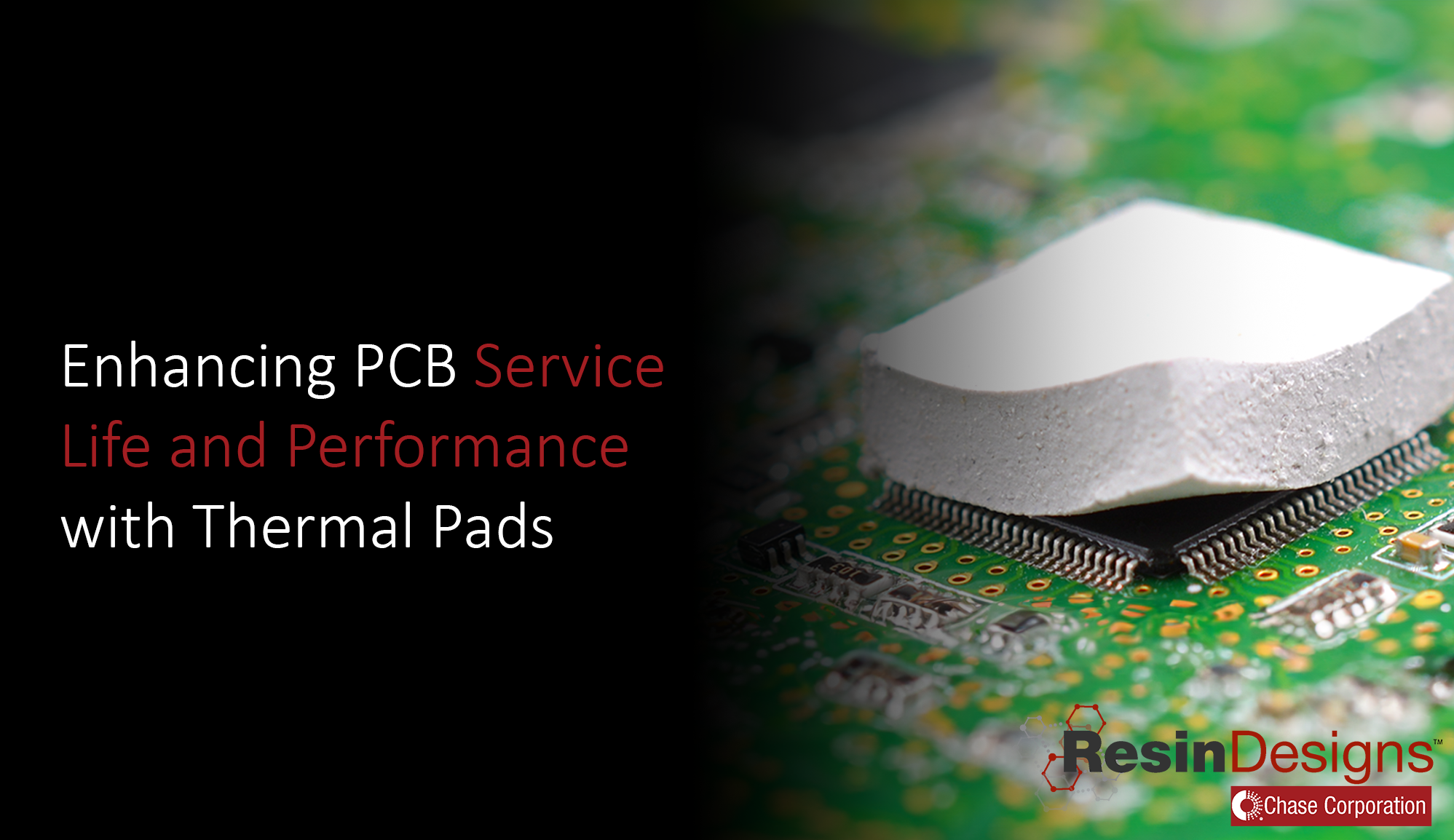Thermally conductive polymers are adhesives, coatings, and films designed to transfer and conduct heat out and away from sensitive electronics. They protect sensitive components (such as integrated circuits) and can substantially improve product durability while reducing field failure rates.
In previous discussions, we addressed the choice of material and application methods. That said, extensive experience in real-world situations has illuminated often overlooked properties that can be of great importance:
Viscosity and Flow Rate
Read More
Topics:
viscosity,
Thermosink
Heat makes electronics age faster. That's nothing new. The control and management of heat has always been a critical consideration in the design of printed circuit boards (PCBs) and other electronic devices. What is relatively new, however, is the dramatic increases in voltages, currents, and processing speeds demanded by burgeoning industries.
Read More
Topics:
Thermal Interface Materials,
Thermosink,
Protection for PCB,
Thermal Pads
For Immediate Release
Resin Designs, a division of Chase Corporation, announces positive test results for their ThermoSink 35-6 thermally conductive electronics potting material.
Recent independent testing has confirmed that ThermoSink 35-6 has met requirements under the testing protocol-
ASTM E595-15 (2021), "Standard Test Method for Total Mass Loss and Collected Volatile Condensable Materials from Outgassing in a Vacuum Environment”
Read More
Topics:
Thermal Interface Materials,
Thermosink,
Thermal Conductivity,
Silicones,
Thermally Conductive Silicones
Resin Designs, a division of Chase Corporation, would like to take this opportunity to spotlight the ThermoSink line of electronics’ thermal management materials. The ThermoSink name includes a number of products of various viscosities, hardness, and thermal characteristics. All products are two-component (1:1 ratio mix), heavily filled silicone with high thermal conductivity.
Read More
Topics:
Resin Designs,
Thermoplastic,
Thermosink
Nobody likes to get too hot, and if your high-tech electronics could talk, they’d say they feel the same way. Heat is their enemy. It reduces longevity and limits reliability, two non-negotiable properties in electronics. The lack of one or both can literally mean the difference between life and death in applications such as autonomous driving and aerospace controls.
Read More
Topics:
Thermal Interface Materials,
Thermosink,
Thermal Conductivity,
Thermal Pads
Adoption of plug in -electric vehicles (EVs) has been slower than many expected, but there is little question the next few years will see adoption accelerate. Your hypersensitive dog will have to find new visitors to harass when your delivery drivers arrive without notice, driving to your door silently in all-electric commercial vans. Many of your favorite suppliers and stores have already ordered these vehicles. Game-changing battery and charging developments are eliminating range anxiety, and autonomous driving controls and safety innovations are in the final stages of building our trust.
Read More
Topics:
Thermal Interface Materials,
Vibration Suppression,
Thermosink,
Conformal coating benefits,
EMI conductive gaskets,
EV,
Electric Vehicle
Thermally conductive silicone products are widely used in the electronics industry to radiate heat away from locales for component survivability while maintaining optimum operating temperatures. For potting and encapsulation applications, circuit board engineers typically specify flowable products that will quickly surround the components after dispensing and become solid at room temperature within an hour or less.
Read More
Topics:
Resin Designs,
Thermosink,
Thermal Conductivity,
Potting Material









